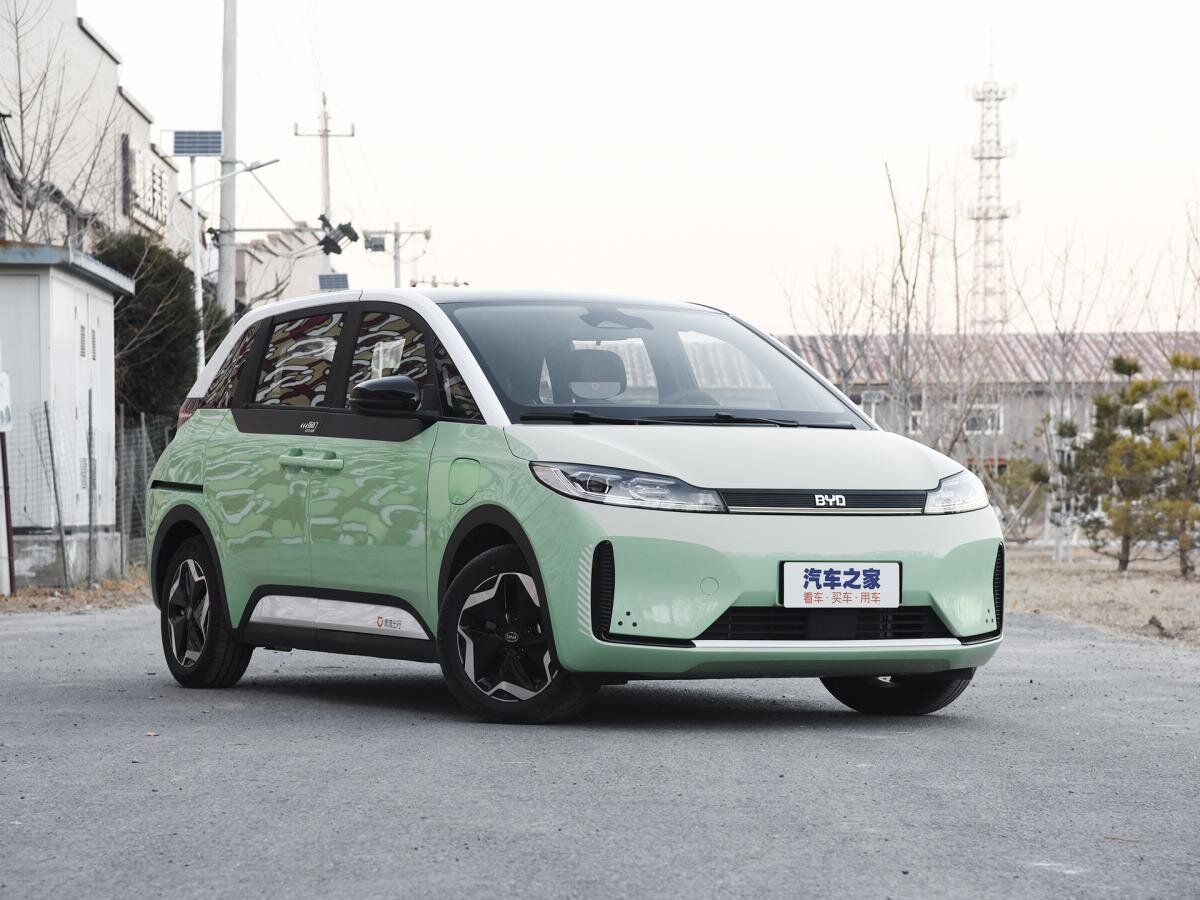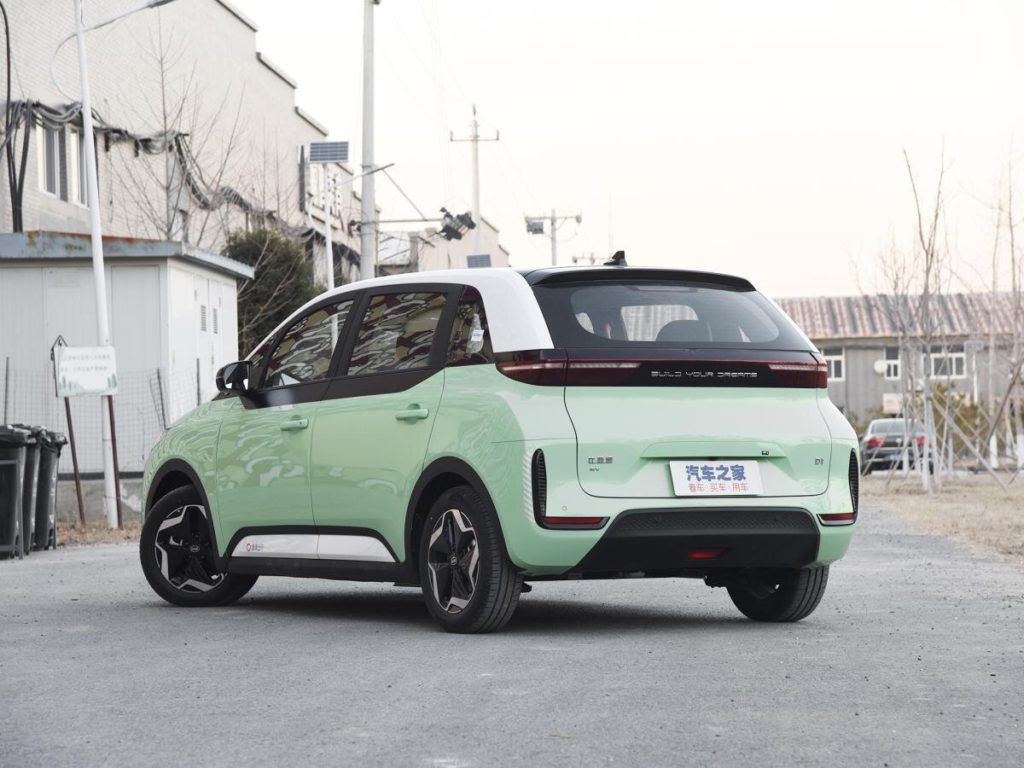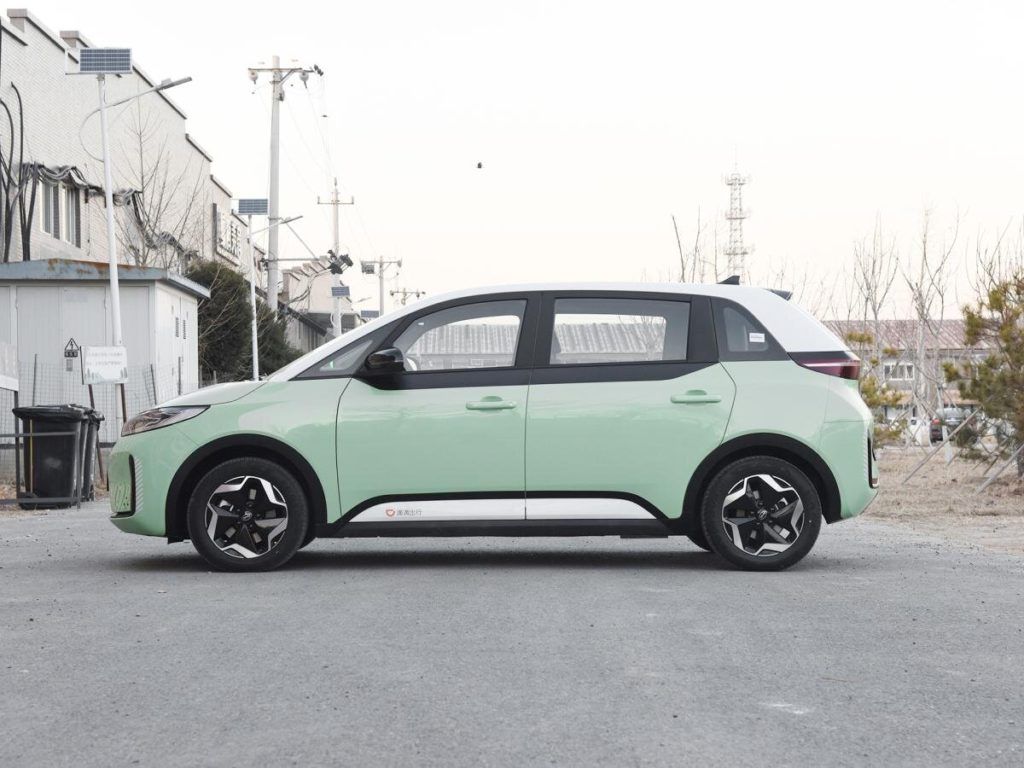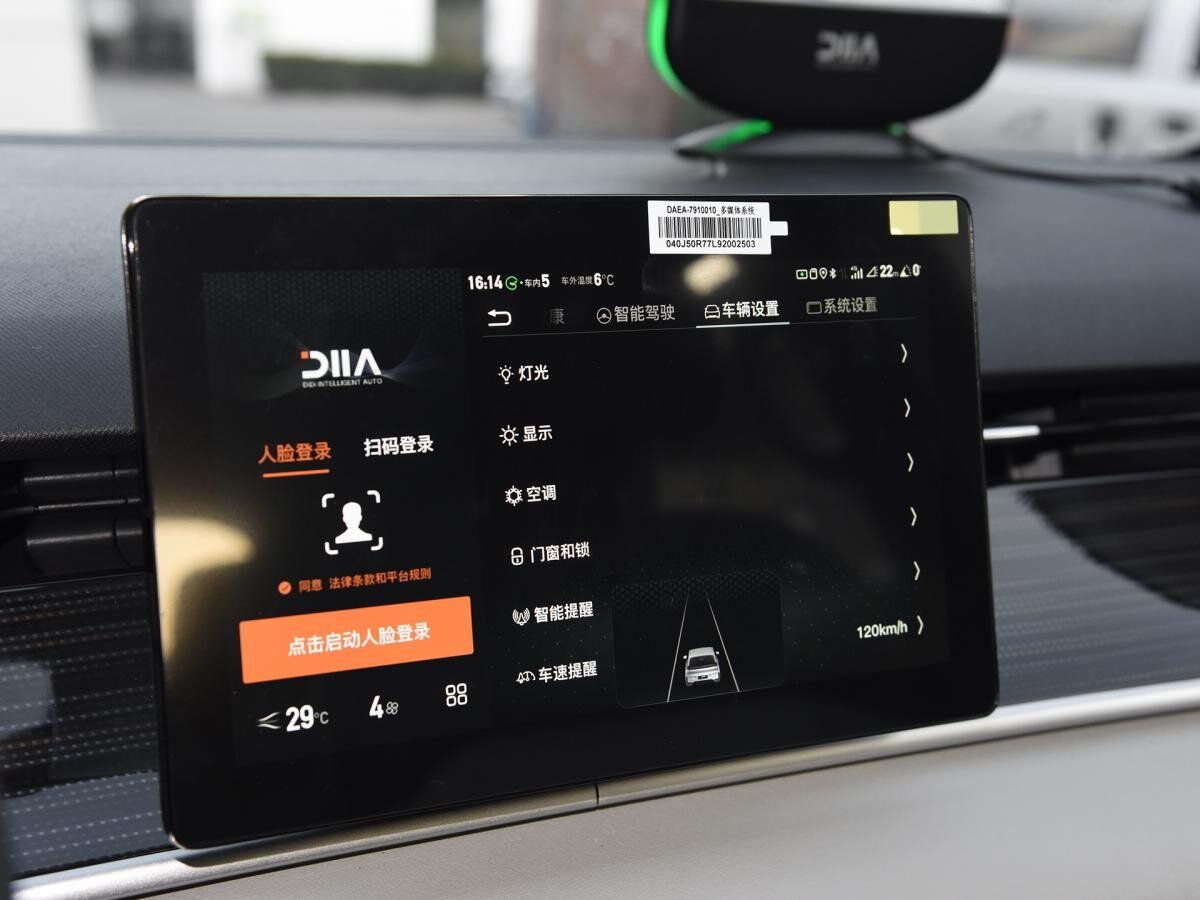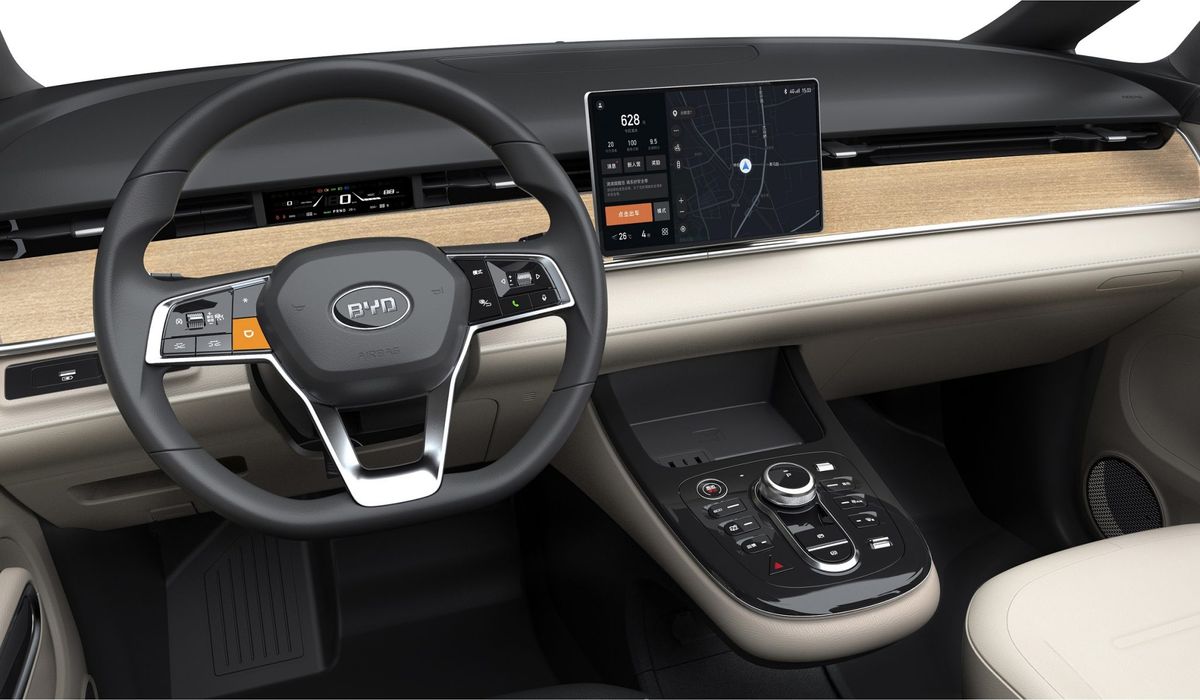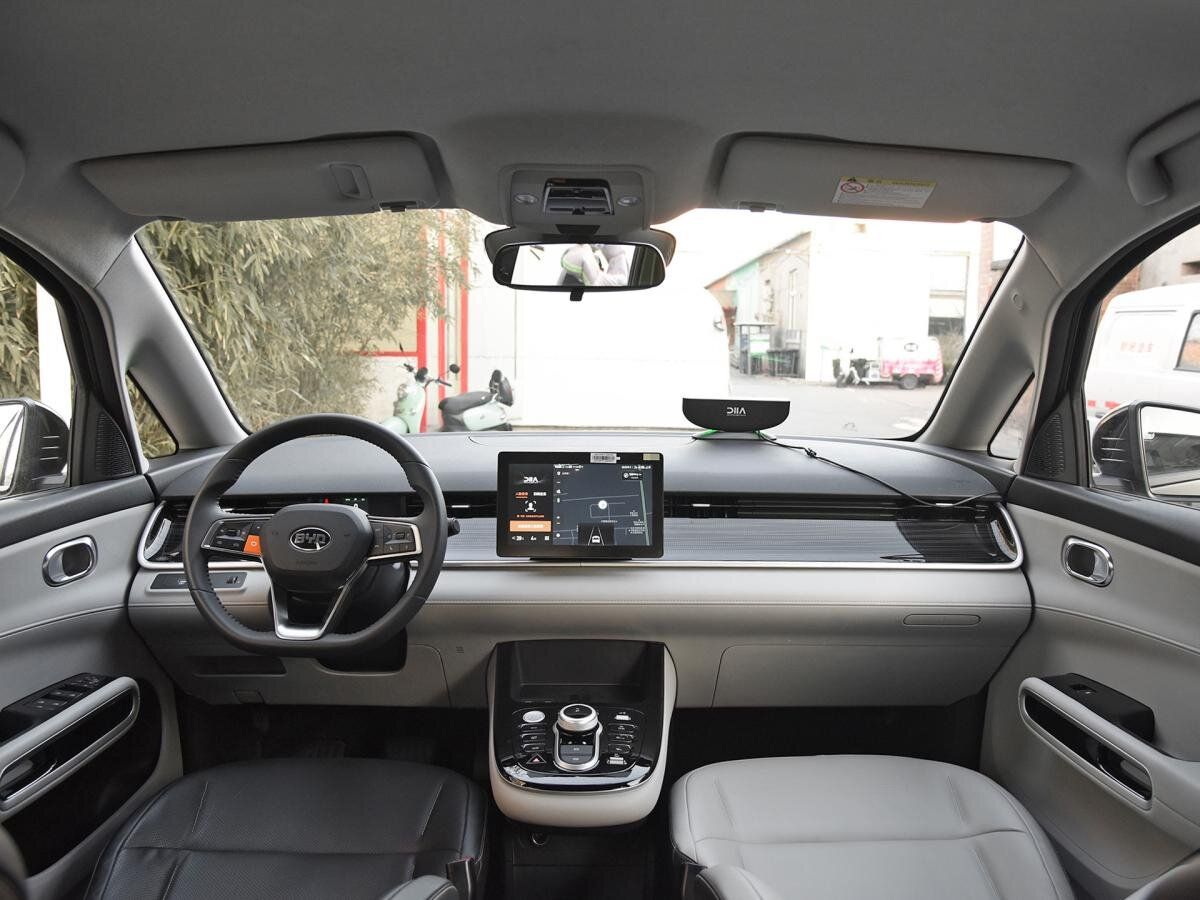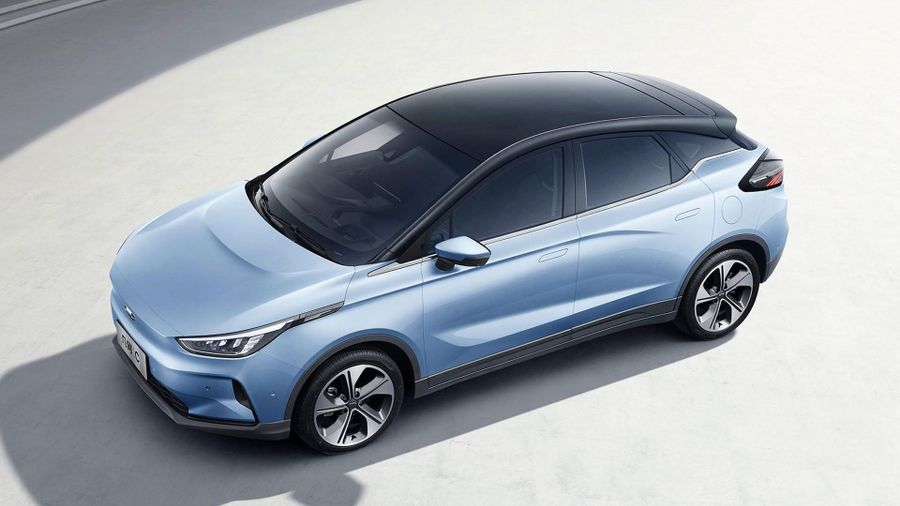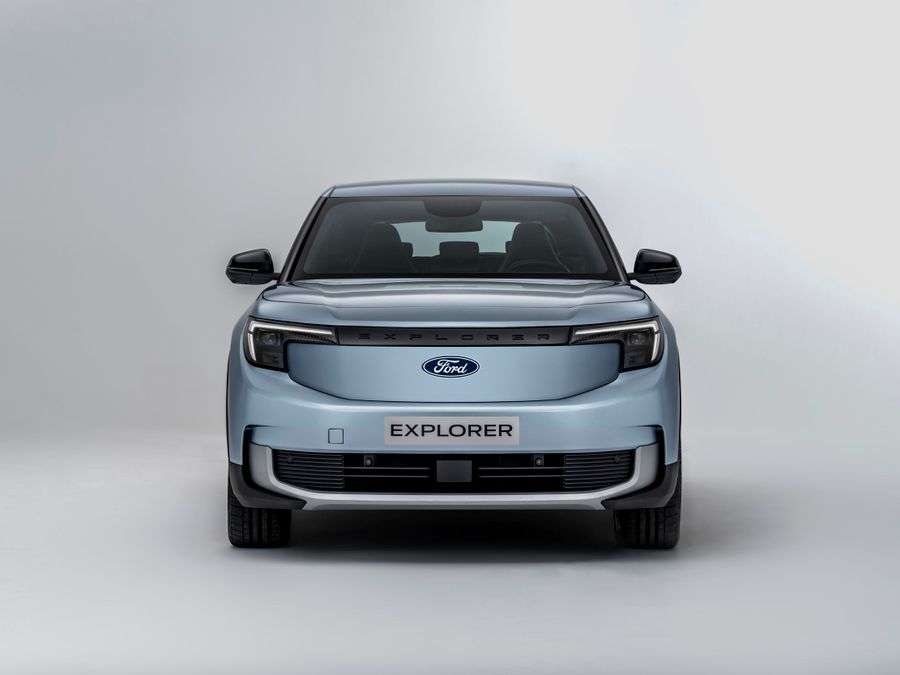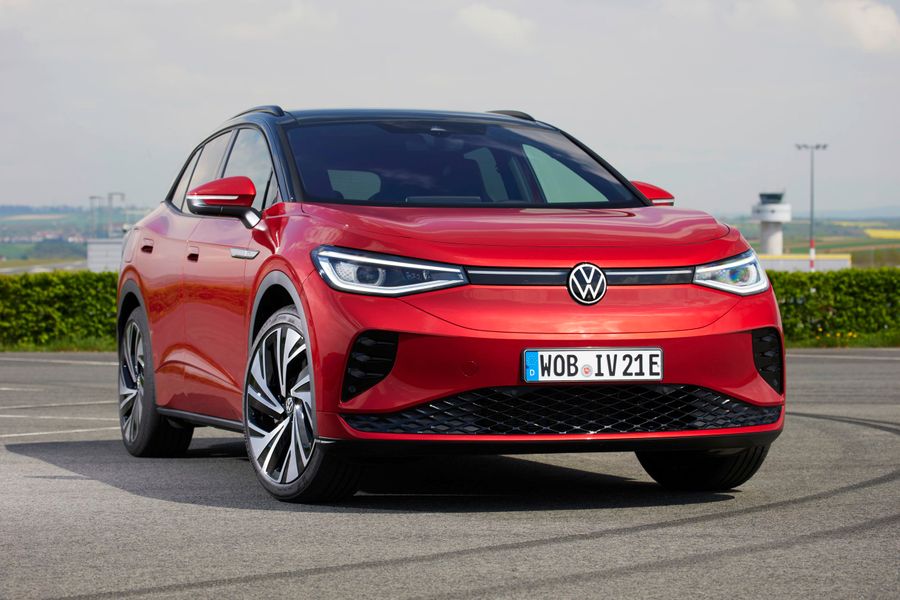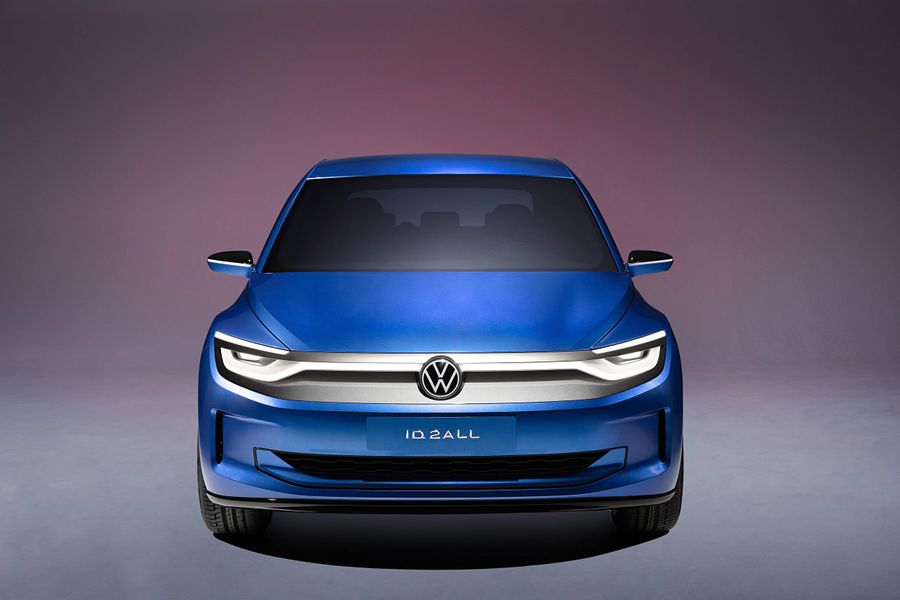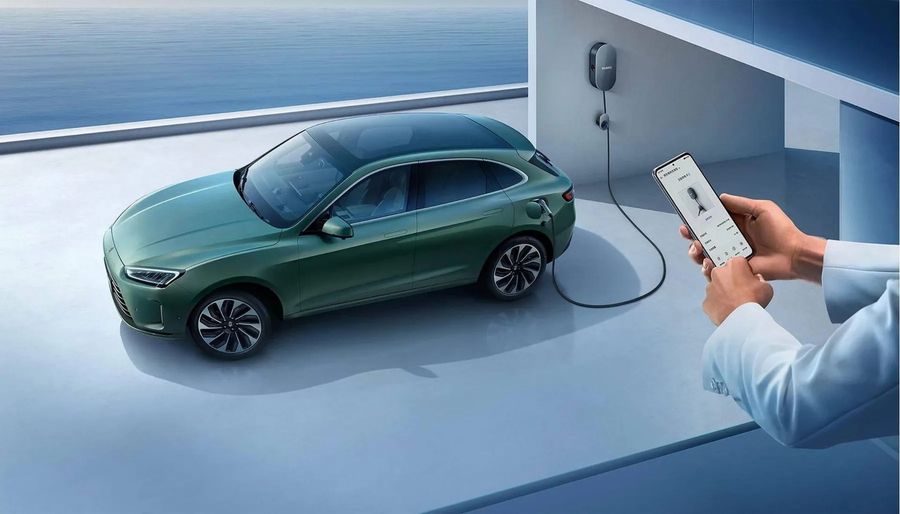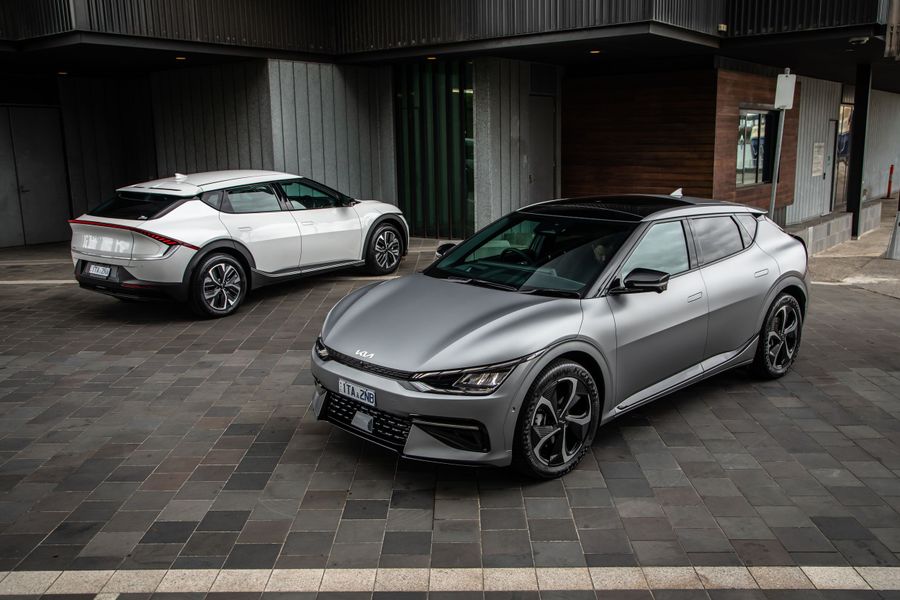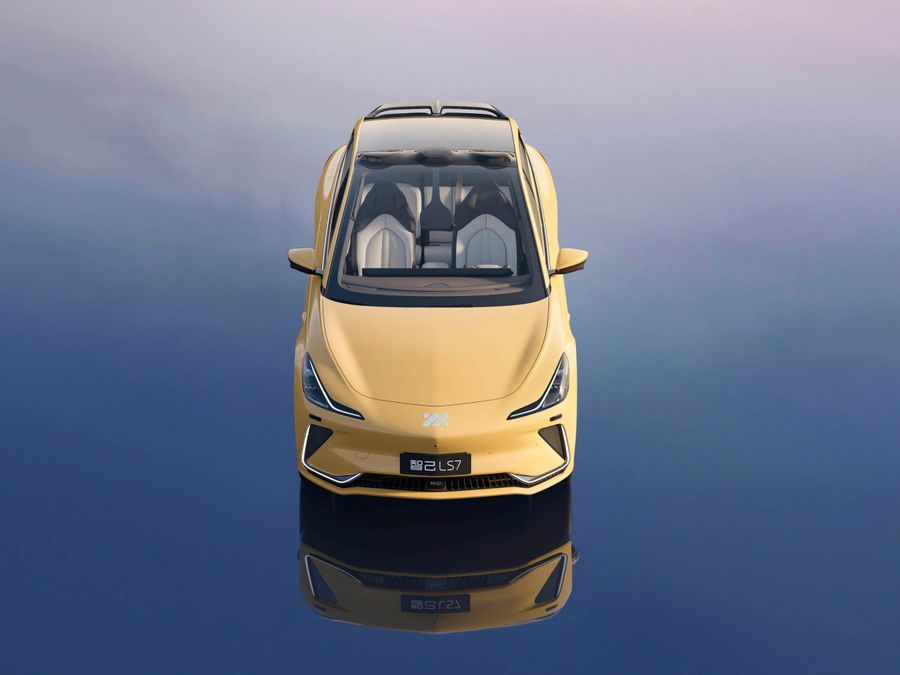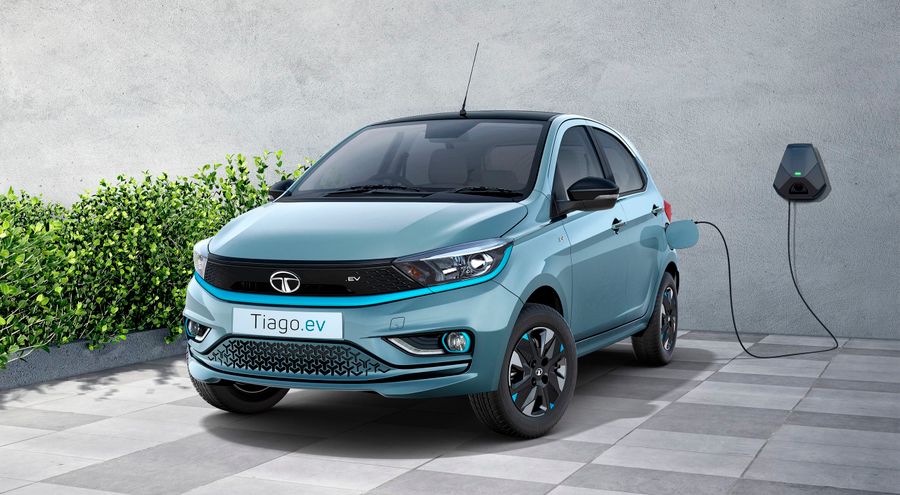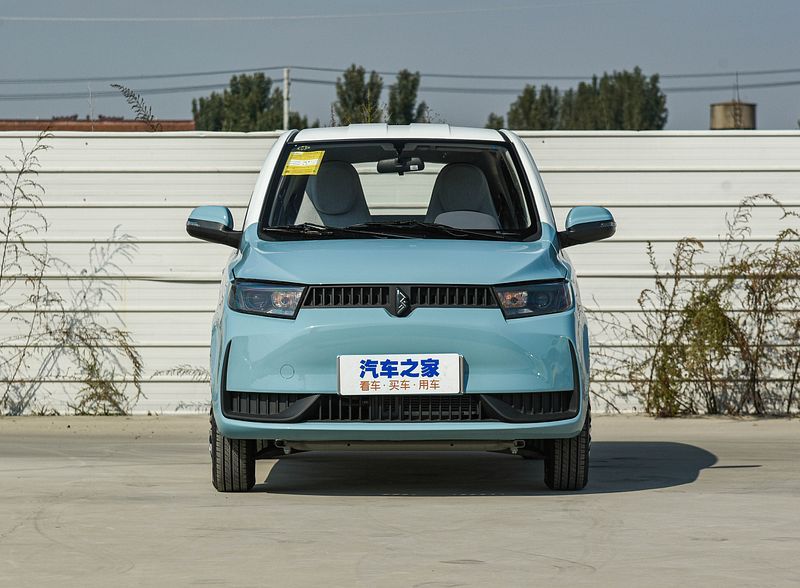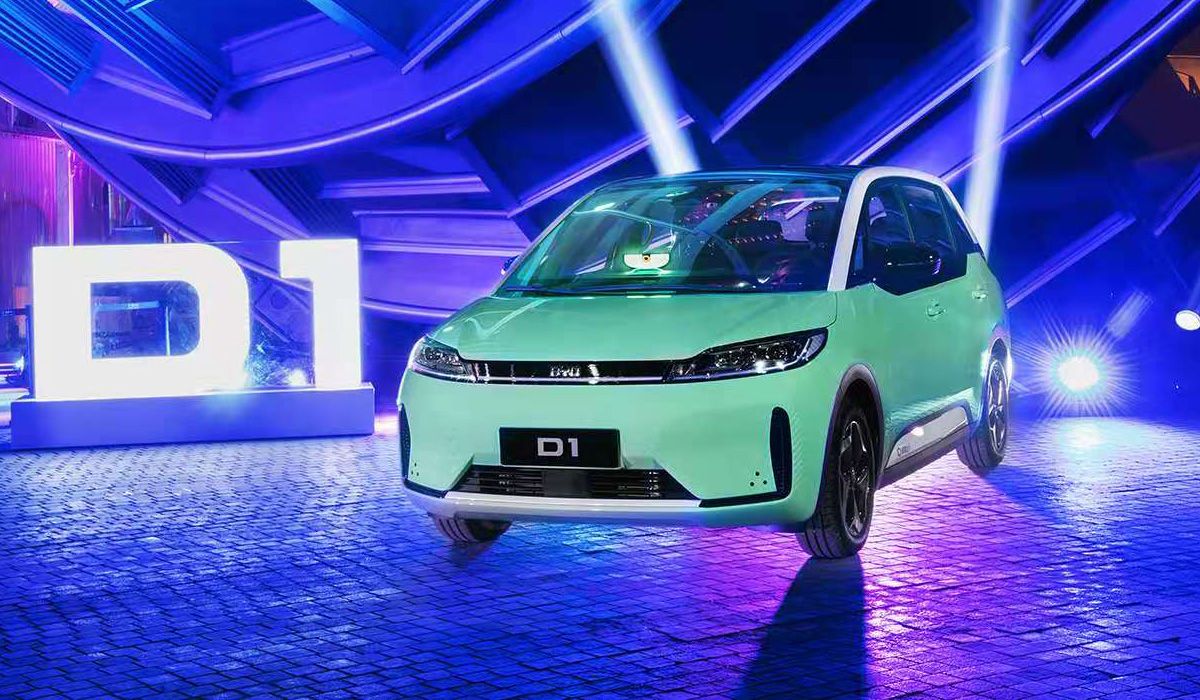
BYD D1. Every day as the first
The BYD D1 is an all-electric 5-door hatchback, manufactured from the end of 2020 by BYD (China). The model is currently used as a taxi.
In 2020, the Chinese automaker BYD released the D1, a car designed specifically for taxi pools, which has always been a rare thing. This is a front-wheel drive electric car with a wheelbase of 2,800 mm. It is 4,390 mm long, 1,850 mm wide and 1,650 mm high, with an unladen weight of up to 2,015 kg.
Why are we talking about it? This is because BYD electric buses have been running in Tel Aviv, Haifa and Jerusalem for a long time, their maintenance is much cheaper, and electric public transport significantly improves the environment in cities and the surrounding area. According to BYD, the e-bus purchase is part of a larger public transport electrification project in Israel, which aims to electrify major cities. The initiative is supported by both the Ministry of the Environment and the Ministry of Transport. So why not switch to an electric taxi? Let’s see what the Chinese manufacturer can offer. Do not forget to leave your opinion below. Do we need such an electric car or not?
Specifically for taxi pools
In 2018, the large and world-famous Chinese automaker BYD and DiDi, the Chinese equivalent of Uber, with the support of Volkswagen and BAIC, started developing ‘special intelligent vehicles for travel and fleet management’.
Automakers, most notably BYD, handled the technical side of the project, and DiDi assessed the development at each stage and provided research data to ensure that the electric vehicle was maximally adapted to the taxi requirements. The result is the D1, China’s first specially designed taxi model.
The name BYD D1 means ‘Always Day 1’
In August 2020, BYD received approval from the Chinese Ministry of Industry and Information Technology to sell an electric vehicle developed with DiDi, and in November, the D1 was unveiled in Beijing as a production vehicle. Immediately after that, the developers of the electric car announced that the car was designed specifically for the taxi companies in Changsha and at the same time clarified the name, which, as it turned out, meant ‘Always Day 1’.
Design
For public transport, the BYD D1 looks very good, technologically advanced, modern, not aggressive, clearly resembling the new small-sized Volkswagen cars. As a taxi, the D1 has a sliding door on the right side to allow passengers to enter/exit quickly without hurting cyclists or pedestrians when opening the door. The driver and front passenger have the ordinary doors. The electric car is built the ergonomic platform, which has increased the space for rear passengers.
Powertrain
The new BYD D1 is equipped with an electric motor with 136 hp and a torque of 180 Nm, driving the front wheels. An electric motor helps the electric car weighing over 2 tons to reach a top speed of 130 km/h. Without recharging, the electric car can travel 418 km (according to official data). Battery charging is possible from home mains and takes overnight with a 22 kW AC device, but there is also a 50 kW DC quick charger.
Interior
The BYD D1 interior is primarily designed for passengers, therefore it is relatively roomy. At the same time, the driver’s seat is quite ergonomic, specially made so as to comfortably endure the hard work of a taxi driver. The interior is quite simple, apparently so that passengers don’t want to stay inside for too long, but the finish is of high quality. An air vent extends the entire width of the dashboard, and behind the steering wheel is a small display that shows important information. A separate display for the infotainment system is located in the center of the dashboard.
Passengers have the opportunity to control the climate and multimedia systems. The rear seats have a folding cup holder and two USB ports, as well as an infotainment screen located in front of each passenger. The interior also has a wireless charger for the smartphone.
The integrated DiDi Smart Driver control system has an on-board voice assistant to complete customer verification and confirm payment. The verification of clients itself is carried out by means of face recognition. Advanced driver assistance systems in the D1 include autonomous emergency braking with pedestrian detection, lane departure warning system and driver fatigue sensor.


